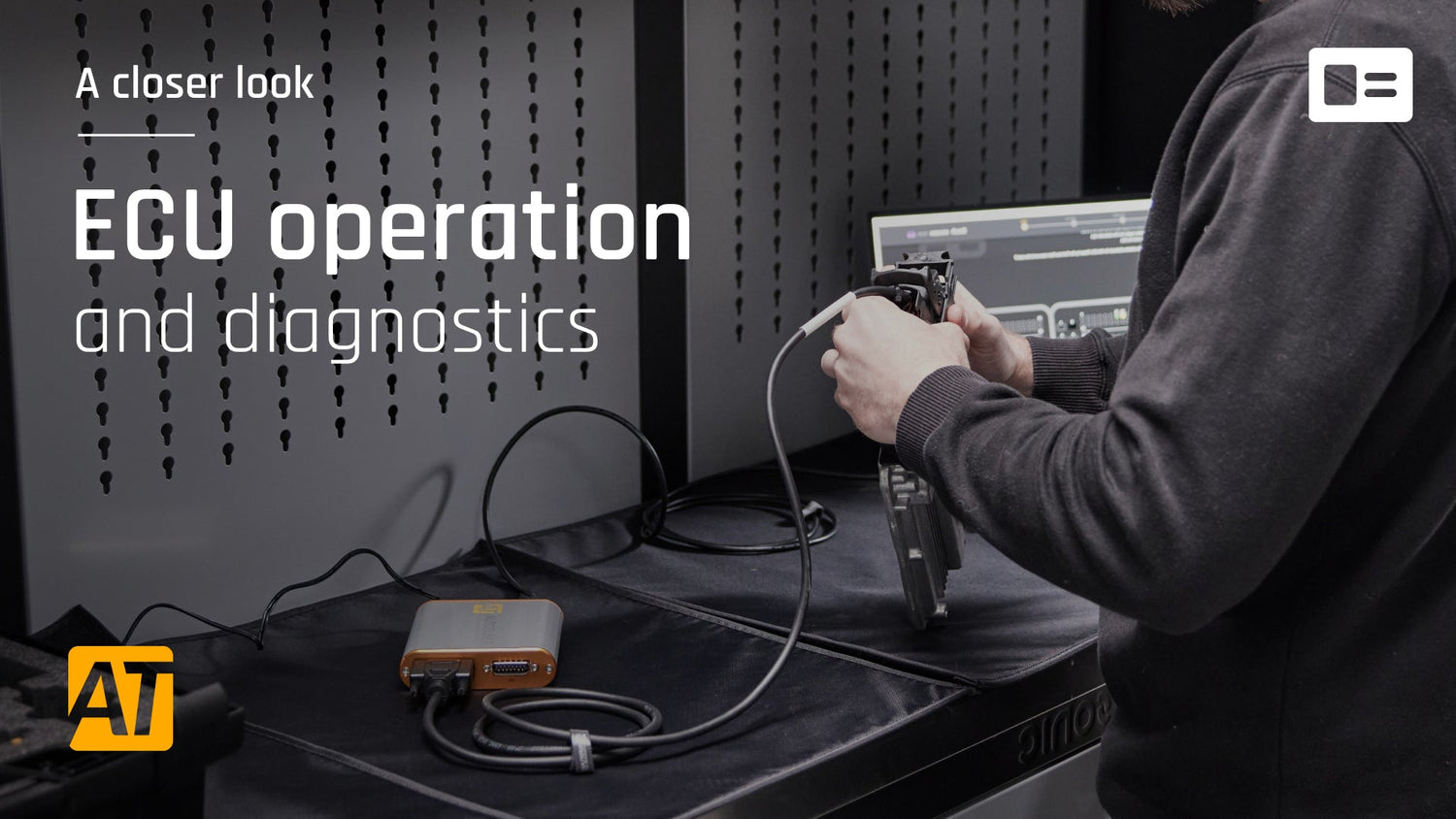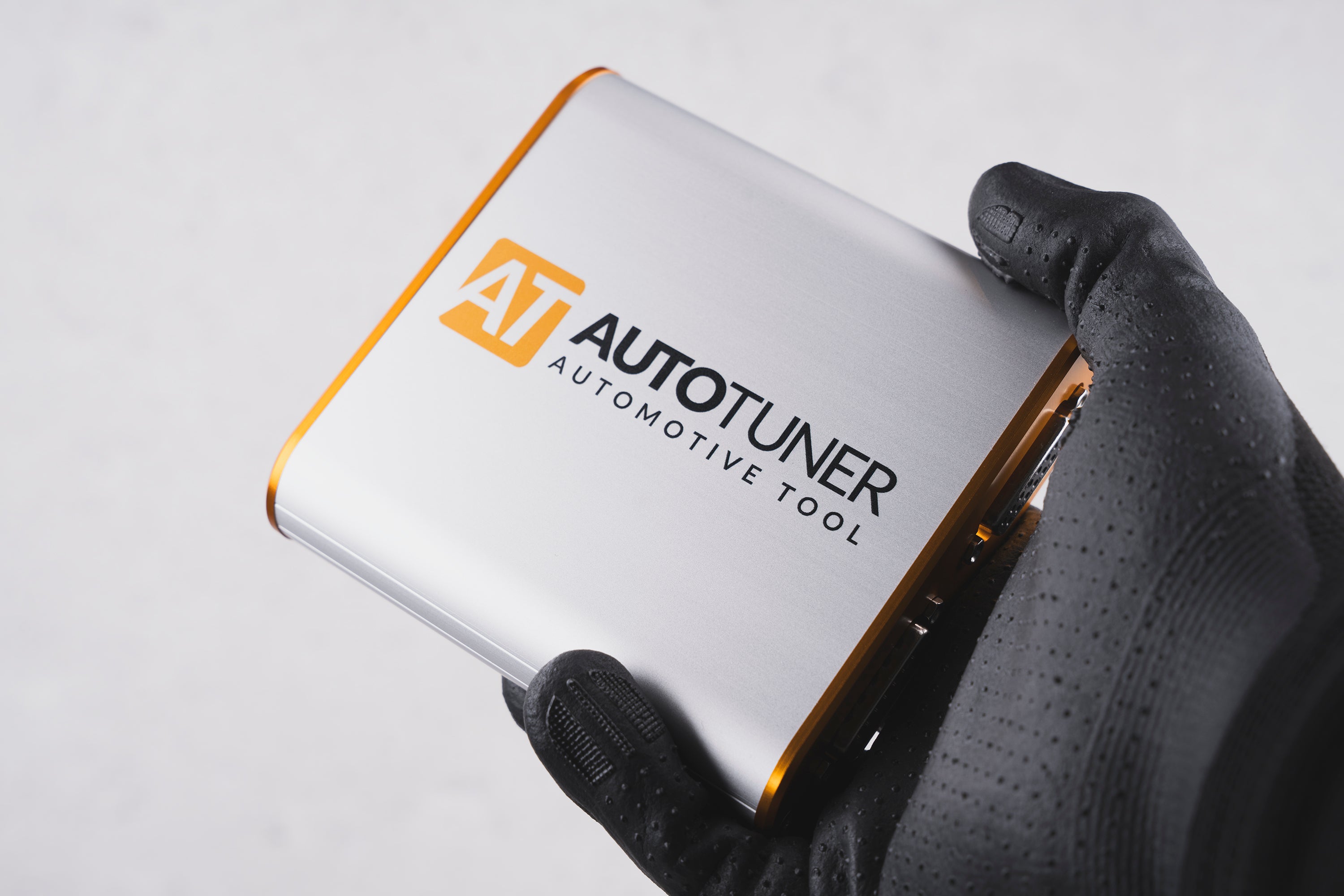The Core Function of the ECU
Often referred to as the “brain” of the engine, the ECU is far more than a simple controller. It's a miniature computing system that integrates data analysis, decision-making, and real-time control of the engine and other vehicle subsystems. Housed in a compact and rugged casing, the ECU manages a complex set of operations with precision that rivals industrial computers.
To accomplish this, the ECU must handle four key tasks: gathering sensor data, processing that information, controlling outputs, and managing electrical power for both itself and the components it oversees.
Collecting Data from the Vehicle
The ECU's work begins with collecting raw data from an array of sensors spread across the engine and vehicle. For instance, it might receive input from the coolant temperature sensor to determine how warm the engine is, or the accelerator pedal position sensor to assess how much power and torque the driver is requesting.
More sophisticated interactions occur as well, like receiving requests from the electronic stability control (ESC) module to modulate engine torque during traction control events. All of these inputs are vital for the ECU to make accurate and responsive decisions.
Processing and Interpretation
Once the data is received, it is passed through the ECU’s central processor. Here, the information is compared against internal software logic, typically a combination of lookup tables and mathematical formulas known as maps. These define how the engine should respond under specific conditions. For example, based on air temperature, throttle position, and crankshaft angle, the ECU might calculate the precise moment an ignition coil should fire.
Controlling the Engine’s Behavior
With processed instructions in hand, the ECU sends commands to various actuators and systems in the vehicle. These outputs control vital functions such as fuel delivery, ignition timing, throttle actuation, cooling fan operation and more.
For instance, as the crankshaft position sensor indicates a piston nearing top dead center, the ECU might activate a transistor controlling an ignition coil, creating a spark at the ideal moment for combustion. The exact timing of this spark is dynamically adjusted based on a matrix of live inputs, coolant temperature, intake air temperature, throttle angle, and previous combustion efficiency measurements.
All these actions occur in milliseconds, allowing the engine to respond fluidly to driver inputs and environmental conditions while maintaining emissions standards and fuel efficiency.
Power Management Within the ECU
While inputs and outputs define the ECU’s role in engine control, its internal power architecture is equally complex. The ECU doesn’t simply run off the car’s 12V system; it must regulate a variety of voltage levels for different components, from low-voltage processors (as low as 1.8V) to high-voltage drivers (up to 250V) for actuators like fuel injectors.
Some components, especially those handling over 30 amps, can generate significant heat, making thermal regulation a critical part of ECU design. In many cases, the ECU even controls its own shutdown behavior, staying active for a short period after the vehicle is turned off to complete diagnostics or data logging routines.
Diagnostics: Built-In Intelligence
Another vital function of modern ECUs is self-diagnosis. With so many interconnected components and sensors, pinpointing faults manually is no longer feasible. Instead, the ECU continuously monitors sensor readings and actuator behavior, checking them against expected tolerances defined in its software.
If a signal falls outside the permitted range for a certain duration, the ECU will log an error and store a fault code in its memory. These codes, typically alphanumeric sequences starting with P (powertrain), B (body), C (chassis), or U (network), give technicians a window into what went wrong. Depending on the severity, the ECU may also enter a reduced-power mode (limp mode) to prevent engine damage, or in critical situations, shut down key systems entirely for safety.
Advanced diagnostic tools allow professionals to not only retrieve these fault codes but also view live sensor data. This real-time data stream is invaluable for tracing intermittent issues or verifying
AutoTuner’s Role in ECU Interaction
At AutoTuner, our mission is to provide precise, reliable access to the ECU’s inner workings. Our Tool enables professionals to read and write ECU data, whether for performance tuning, remapping, or repairing vehicles after modifications. We also provide technicians with comprehensive diagnostic capabilities, making it easier to troubleshoot and correct issues at their source.
Whether you're flashing a high-performance map, reading live OBD data streams or running ECU diagnostics, AutoTuner Tool offers the depth and reliability needed for today’s complex automotive systems.





